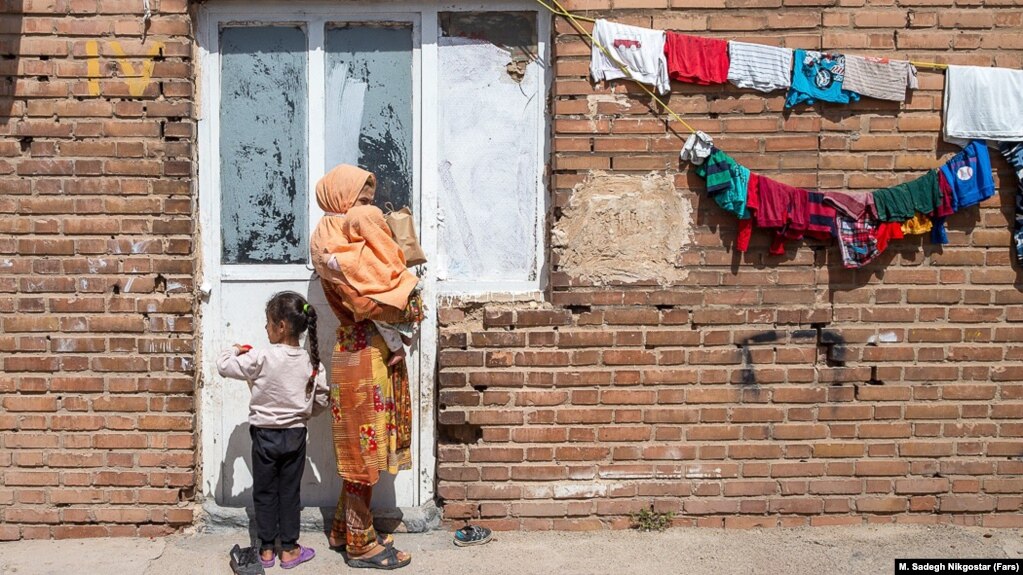
(RFE/RL ) – I’m RFE/RL correspondent Golnaz Esfandiari. Here’s what I’ve been following during the past week and what I’m watching for in the days ahead.
The Big Issue
An Iranian newspaper has reported that an increasing number of poverty-stricken Iranians are selling their organs to make ends meet.
The daily Jahan-e Sanat said in a May 4 report that kidneys, bone marrow, parts of livers, and “anything else that can be transplanted is being bought and sold on the black market” in Iran.
The newspaper said many of the organ sellers are men and women aged between 18 and 45. Some of them, the report said, have attempted to sell their organs in neighboring countries, including Turkey, for up to $15,000.
A 37-year-old mother-of-two told Jahan-e Sanat that she will sell one of her kidneys so her family can survive. Similarly, a 22-year-old man said his dire finances have forced him to consider selling part of his liver.
Meanwhile, Iran’s reformist Etemad daily reported on May 3 that a growing number of Iranians are unable to buy meat due to soaring prices. The newspaper said that some people have tried to exchange food items like yogurt and cheese for meat at stores.
The daily quoted a butcher in Tehran as saying that the “sale of chicken meat has decreased by 50 percent in the past few months” and the “situation regarding red meat is even worse.”
On May 6, the judiciary summoned the chief editors of Jahan-e Sanat and Etemad to “provide documentation regarding the publication of undocumented materials.” Since then, Jahan-e Sanat removed its report from its website. Etemad’s article was still accessible as of May 10.
Why It Matters: The reports have highlighted the deepening economic crisis in Iran, which has witnessed soaring inflation, rising unemployment, and growing poverty in recent years.
A report by the Labor Ministry released in January suggested that the number of people living under the poverty line has doubled over the past year. It said one-third of the population of around 88 million lives in extreme poverty.
The official inflation rate is about 50 percent, although the prices of some food items have risen by 70 percent. Meanwhile, the national currency, the rial, dropped to a record low against the U.S. dollar in February.
What’s Next: The worsening economic situation has fueled street protests in recent years. More demonstrations by workers are likely in the months ahead.
Many Iranians have blamed the government of ultraconservative President Ebrahim Raisi, who came to power in 2021 promising to improve an economy devastated by crippling U.S. sanctions and years of mismanagement.
The authorities have responded to the criticism by cracking down on media outlets that have published reports critical of the government.
Lawmaker Gholamali Jafarzadeh warned in January that poverty and unemployment are likely to rise further, adding that many Iranians face “a darker life.”
Copyright (c)2022 RFE/RL, Inc. Used with the permission of Radio Free Europe/Radio Liberty, 1201 Connecticut Ave NW, Ste 400, Washington DC 20036.
Featured image via Pixabay.



 © 2025 All Rights Reserved
© 2025 All Rights Reserved